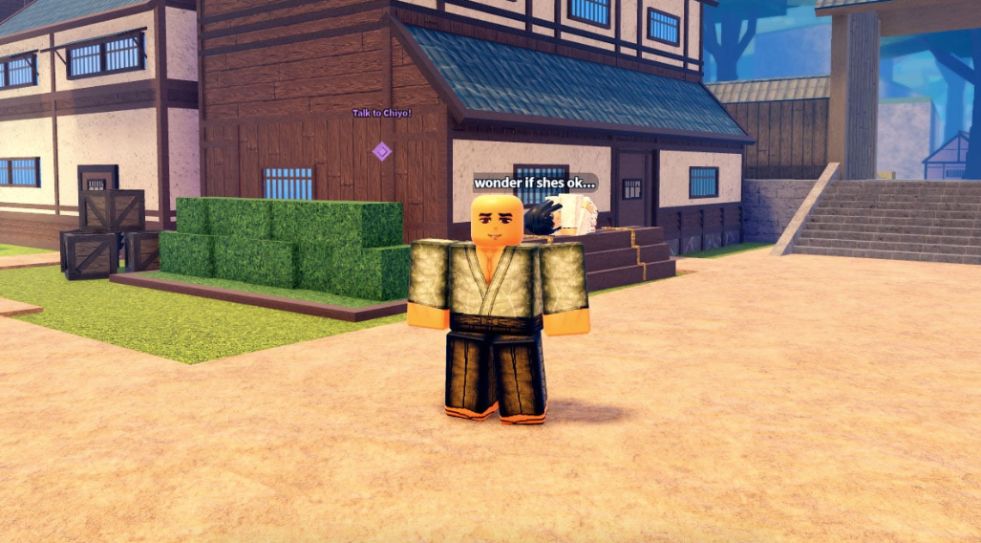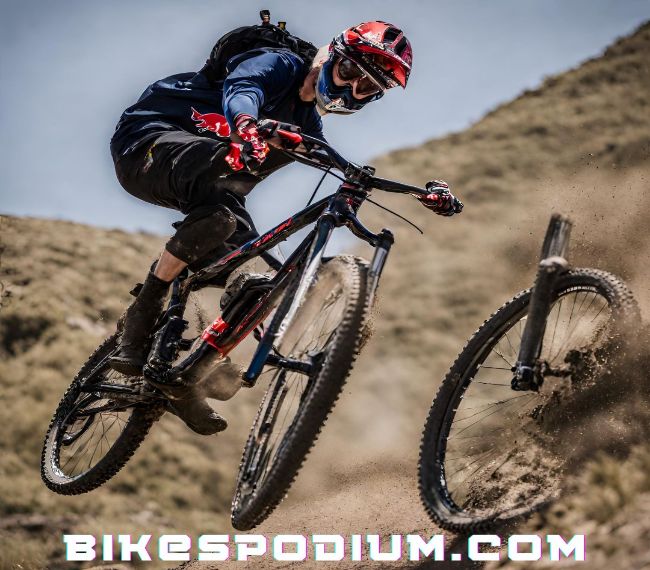When it comes to choosing the perfect bicycle, two popular options often come to mind – the BMX bike and the mountain bike.
While both of these bikes have their own unique features and purposes, understanding the differences between them is crucial to making an informed decision.
In this article, we will explore the disparities between a BMX bike and a mountain bike, highlighting their key characteristics and intended uses.
BMX Bikes: Designed for Thrilling Stunts and Tricks
BMX bikes are specifically designed for performing stunts, tricks, and jumps in various terrains, such as skate parks, dirt tracks, and urban environments. These bikes are built to endure the rigors of freestyle riding and are perfect for riders seeking a thrilling experience.
Frame and Construction
BMX bikes have a compact and sturdy frame, usually made of durable materials like steel or chromoly. The frame’s construction is designed to withstand the impact of jumps and tricks, ensuring the bike’s longevity under intense conditions. The shorter frame size provides better maneuverability, allowing riders to execute quick turns and tricks effortlessly.
Wheel Size
BMX bikes typically feature smaller wheel sizes, usually ranging from 16 to 20 inches. The smaller wheels contribute to greater control and maneuverability, essential for executing precise aerial tricks and quick spins. Additionally, the smaller wheel size allows riders to have a lower center of gravity, enhancing stability during tricks and jumps.
Brakes
BMX bikes commonly come equipped with a single rear brake, providing riders with better control during stunts and tricks. Some models may also feature front brakes, but they are often removable to prevent interference during certain tricks. The braking system on a BMX bike is designed to be responsive and provide quick stopping power when needed.
Handlebars
BMX bikes are known for their distinctive handlebars that are wider and taller than those found on other bicycle types. The handlebars provide riders with better leverage and control while performing stunts and tricks, allowing for quick maneuverability. The wide handlebars also offer more stability during jumps and landings.
Mountain Bikes: Conquer the Great Outdoors
Mountain bikes are designed for off-road adventure and exploring rugged terrains like mountains, trails, and forests. These bikes are perfect for riders seeking to conquer challenging landscapes and enjoy nature.
Frame and Construction
Mountain bikes are built with a robust frame made of materials like aluminum, carbon fiber, or steel. The frame’s construction prioritizes durability and shock absorption, ensuring a comfortable and stable ride on uneven terrains. The frames are designed to handle the demands of off-road riding and withstand the impacts of rocks, roots, and other obstacles.
Wheel Size
Mountain bikes typically feature larger wheel sizes, commonly ranging from 26 to 29 inches, although recent trends have introduced 27.5-inch wheels. The larger wheels provide better traction, stability, and a smoother ride over rocks, roots, and other obstacles encountered on trails. The increased wheel size also helps maintain momentum and stability on uneven surfaces.
Brakes
Mountain bikes are equipped with powerful braking systems, usually hydraulic or mechanical disc brakes. These brakes offer reliable stopping power, crucial for maintaining control and safety during challenging descents or sudden obstacles. The advanced braking systems on mountain bikes allow riders to navigate steep terrains with confidence.
Suspension
Mountain bikes often come with suspension systems, which can be found on the front fork (front suspension) or both the front and rear (full suspension). Suspension helps absorb shocks and vibrations caused by rough terrains, providing a more comfortable and controlled ride. The suspension system allows riders to tackle uneven trails with ease and maintain better traction on challenging surfaces.
Choosing the Right Bike for You
When deciding between a BMX bike and a mountain bike, it is essential to consider your intended use and riding preferences. Here are a few factors to keep in mind:
Terrain
If your primary focus is on performing stunts, tricks, and jumps in skate parks or urban environments, a BMX bike is the ideal choice. The compact frame and smaller wheel size of a BMX bike allow for better maneuverability and control in confined spaces. On the other hand, if you plan to explore off-road trails, conquer mountains, or enjoy long-distance rides, a mountain bike is the more suitable option. The larger wheel size, durable frame, and suspension system of a mountain bike provide better traction and stability on uneven terrains.
Purpose
Determine whether you prioritize adrenaline-filled tricks and stunts or adventurous off-road exploration. BMX bikes are perfect for riders who seek excitement and challenges in freestyle riding, while mountain bikes are designed for outdoor enthusiasts who crave nature and exploration. Consider the type of riding experience you want and choose the bike that aligns with your preferences.
Comfort and Control
Consider the level of comfort and control you desire while riding. BMX bikes offer excellent maneuverability and agility, perfect for quick and precise movements during tricks. However, they may not provide the same comfort and stability as mountain bikes. Mountain bikes, with their larger wheels, robust frames, and suspension systems, offer a more comfortable and stable ride over rough terrains. If you prioritize a smoother ride and enhanced comfort, a mountain bike may be the better choice.
Skill Level
Assess your skill level as a rider. BMX bikes require a certain level of expertise to perform tricks and stunts safely. Novice riders may find it more challenging to master these techniques. Mountain bikes, while still requiring skill, are generally more forgiving and suitable for riders of various experience levels. If you are new to biking or prefer a more forgiving riding experience, a mountain bike may be the better option.
In conclusion, the main difference between a BMX bike and a mountain bike lies in their design, purpose, and intended use. BMX bikes are built for thrilling stunts and tricks in urban and skate park environments, while mountain bikes are designed for off-road adventures and conquering rugged terrains. By considering your preferred riding style, terrain, comfort, and skill level, you can make an informed decision and choose the bike that best suits your needs.
FAQ
Q: What is the difference between a BMX bike and a mountain bike?
A: BMX bikes are designed for performing stunts, tricks, and jumps in various terrains, while mountain bikes are built for off-road adventure and exploring rugged terrains.
Q: What is the difference in frame construction between a BMX bike and a mountain bike?
A: BMX bikes have a compact and sturdy frame made of durable materials like steel or chromoly, while mountain bikes are built with a robust frame made of materials like aluminum, carbon fiber, or steel.
Q: What is the difference in wheel size between a BMX bike and a mountain bike?
A: BMX bikes typically have smaller wheel sizes ranging from 16 to 20 inches, providing greater control and maneuverability. Mountain bikes usually have larger wheel sizes ranging from 26 to 29 inches, offering better traction and stability on uneven terrains.
Q: What is the difference in brakes between a BMX bike and a mountain bike?
A: BMX bikes commonly come equipped with a single rear brake for better control during stunts and tricks. Mountain bikes are equipped with powerful braking systems, usually hydraulic or mechanical disc brakes, for reliable stopping power during challenging descents or sudden obstacles.



